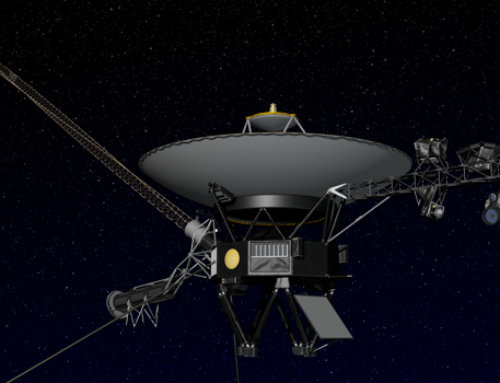Exoplanets have been a curiosity within the scientific community for a while. A study in 2014 found that 10% of exoplanets found with NASA’s Kepler Telescope were massive in size. To date, astronomers have discovered about 4,000 exoplanets, ranging from the size of Earth to that of Neptune. The discovery prompted scientists to deepen their investigation into what else exists beyond Earth’s atmosphere. It took decades of research into complex galaxies, encompassing exotic worlds beyond Earth’s solar system to explain the science of exoplanets. With their latest exploration of exoplanets, scientists have made a ground-breaking discovery.
Edwin Kite of the University of Chicago provided further insight into the growth trend of these giant exoplanets. With Kite’s research, scientists found that exoplanets stopped growing after reaching triple the size of Earth. The Astrophysical Journal Letters, where Kite and his team published the manuscript, explains that the vast body of magma consuming the atmosphere of exoplanets is responsible for the growth cap. As these mega planets mature to the size of Neptune, they turn on the atmosphere, absorbing voluminous amounts of gas.
According to Kite, it’s a phenomenon so aberrant it transcends the experience of worlds found in today’s solar system. Scientists theorize that exoplanets shared a composition identical to prehistoric Earth before undergoing metamorphosis to become sub-Neptune spheres. The distinction is that Earth’s atmosphere transformed magma to solid mass over time, a process specific to its make-up. In comparison, exoplanets have voluminous amounts of hydrogen, which keeps the magma sweltering.
Scientists further theorize that the excess build of hydrogen on exoplanets raises atmospheric pressure on the surface near the magma site, which accounts for its inhibited growth. The burst of atmospheric pressure permeating the magma promotes rapid absorption of hydrogen to the point where it stabilizes and creates an unconducive environment for these titans to thrive. Kite expressed much enthusiasm to continue studying these extraterrestrial bodies to learn more about their structures. He looks forward to pioneering more epoch-making studies in the coming years.






